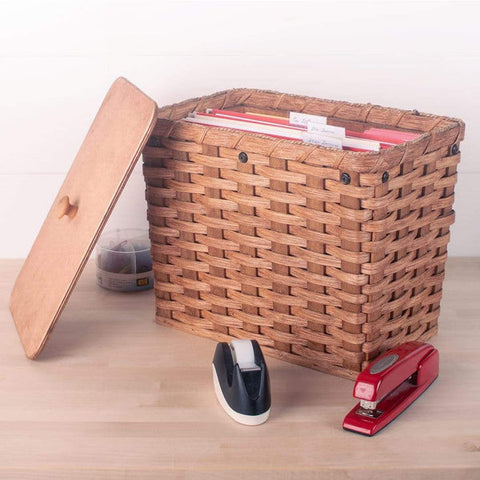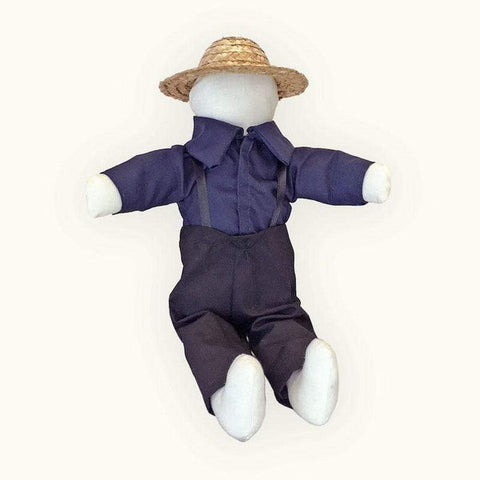In the mainstream, Amish culture is still shrouded in mystery. This is evidenced by the many questions that are still being asked. Do the Amish wear shoes? Why do Amish men wear hats? What do we know about Amish quilting?
The answer is quite a lot, actually!
Quilts have a special meaning in the Amish community. They’re often used as gifts to celebrate Amish childbirth and marriages, so they’re made with love and special attention to design and embroidery; the same qualities of the crafts on sale at Amish Baskets.
Amish quilts have gained popularity outside the Amish community for their beauty and craftsmanship. They’re admired by non-Amish people for their unique style and cultural significance.
To learn more about Amish quilting, keep reading this article.
Amish Quilt Making
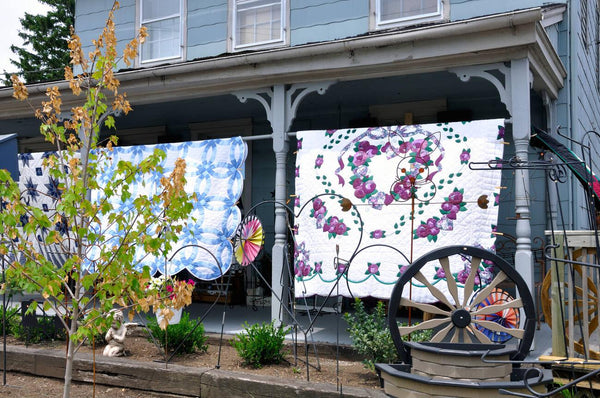
Amish quilt-making follows a particular set of traditional rules, and one of these rules is quilts should be handmade. To make an Amish quilt, you have to sandwich together the quilt backing fabric, batting, and quilt top and firmly secure it in a quilting frame. You’ll then place each stitch in the quilt using thread and a needle.
Over the years, Amish quilting rules have slightly changed concerning the designs they apply to the quilts for sale. Today’s Amish quilts use a variety of brightly colored printed fabrics to create intricate classic designs that were uncommon a few decades ago.
However, it’s important to note the quilts made explicitly for use in Amish households use the same solid and dark colors used on Old-Order Amish clothing.
The fabric used in Amish quilting is bought in small quantities from distributors or off-the-shelf. They don’t buy more fabric than is needed, so it’s usually one bolt of fabric at a time. Quilters use lightweight woolen fabrics or colorfast quilting weight cotton fabrics to cover the front and back of Amish quilts.
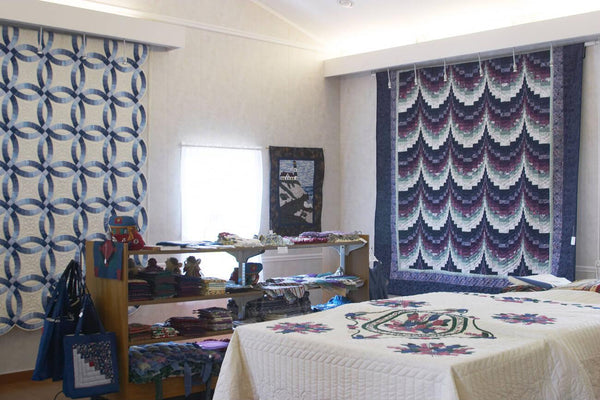
For batting material, polyester batting is the material of choice. However, before the availability of polyester batting 60 years ago, Amish hand quilters used raw cotton batting. Unfortunately, raw cotton batting isn’t as easy to quilt as polyester batting. It also makes cleaning and washing your quilt difficult since it’s much heavier when wet. Occasionally, you’ll find Amish quilts with more luxurious wool batting.
The Amish community is famous for shunning technology, but they actually adopt machinery that improves production while preserving their simple way of life. The non-electric sewing machine is the only machine they use to make clothes like the Amish blue dress and men’s suspenders. Quilters use it for patchwork piecing since sewing machines make a stronger and more durable quilt.
Quilting is an activity done by female Amish community members. Like other fun activities such as basket weaving and canning, women learn how to quilt from a very young age. By the time an Amish girl is in her teens, she can already create a variety of handicrafts ranging from bed quilts, tabletop quilts, and baby crib quilts to hanging file baskets and harvest baskets. It’s as ingrained in their culture as farming and pacifism.
Quilting is also an accepted social activity that women can do together. It allows them to come together and connect with each other. In most cases, they get together for quilting during winter when there are fewer outdoor activities to participate in.
Since the quality of the quilts depends on these women, only one person handles a particular task. For example, if one woman takes on quilting and the other works on the binding, their roles won’t change. They do this to ensure the quilt’s stitching and quality remain uniform.
History of Amish Quilt Making
Today, quilt-making in the United States is heavily associated with the Amish community, but did you know the history of Amish quilts only began in the 1870s? That’s pretty late if you consider quilting began in Ancient Egypt.
The Amish Were Late to the Quilting Party
The Amish live in communities to avoid the temptations of the modern world. Quilting arrived in the US in the late 17th century. So, when the Amish arrived in the mid-18th century, they considered quilts ‘modernized goods.’
However, as modernization rapidly expanded across, so did the attitude of the Amish towards quilts. Amish quilts began appearing in the 1870s, and within two decades, quilting became an important part of Amish culture.
Amish Quilting Evolving Slower Than Current Trends
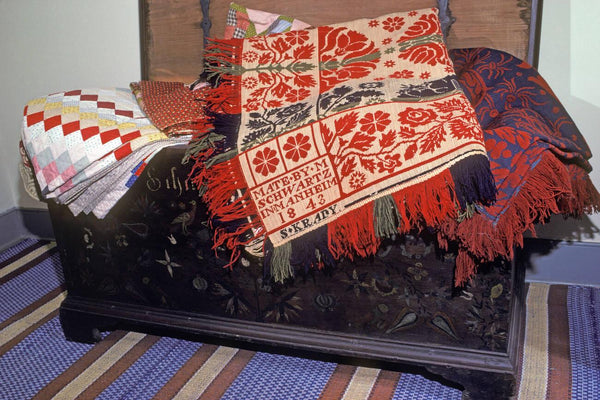
The Amish adopted quilting rules largely drawn from the Amish clothing rules. Like their clothing, early efforts had one solid color (black, blue, rust, or brown). While the fabric used was plain, they created intricate feather, grid, and curve patterns.
As time passed, basic piercing techniques and additional colors like olive green, pumpkin, and dark red (all deep and solid colors) started appearing in Amish quilts.
While the slow Amish evolution was taking place, the outside world was experimenting with crazier quilt designs and new popular fabrics made of silk (the Amish consider silk too worldly).
Evolution in Patterns and Fabric Over Time
In the early 20th century, available fabric colors increased, making it possible for Amish women to create more intricate patterns of the traditional designs they had been using. During World War 2, the supply of natural fibre declined, leading to a decline in the demand for quilts, and only the Amish kept up quilting.
By the 1940s, the Amish relaxed their quilting rules. There was freedom to experiment with applique needlework, pastels, and more intricate designs. However, by this time, Amish quilting was declining since quilt sales were low.
Modern-Day Amish Quilt History

Amish quilting became a sensation in 1976 when Americans started rediscovering their past. With renewed interest, Amish women started to make quilts again. As demand increased, quilt-making became an important source of income for many Amish households.
Today, the status of Amish quilting has risen since many pass down their quilts as family heirlooms, and art collectors consider Amish quilts pieces of artwork.
Conclusion
Amish quilting is an important part of the Amish community’s culture, history, and identity. It’s also an important alternative source of income since the Amish mainly rely on farming to earn a living.
So, when you offer your support by purchasing Amish quilting products, you’re protecting American heritage and preserving American history.
If you’d like alternative Amish handicraft products, visit our online store. We’ve got a range of Amish products on sale, from handmade Amish dolls to wicker dog beds.
Did You Find Our Blog Helpful? Then Consider Checking:
- Why Don’t Amish Use Buttons
- Why Can’t Amish Women Have Buttons?
- What Do the Amish Wear to Bed
- Amish Marriage Rules
- Amish Wedding Foods
- What Age Do Amish Get Married
- Traditional Amish Wedding Dress
- How Do You Know If an Amish Woman Is Married
- Do Amish Wear Wedding Rings
- Amish Wedding Dinner
- How to Tell If an Amish Man Is Married
- Old Order Amish Beliefs
- Amish Folk Culture
- Amish Blue Door
- Do Amish Go to School
